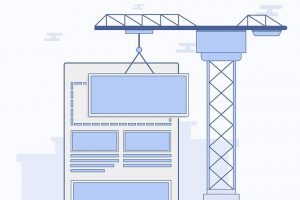
3D printing has become increasingly popular in the manufacturing industry. Manufacturing companies of all shapes and sizes now use it to build prototypes as well as finished products. Although there are a variety of 3D printing processes, however, most of them rely on computer-aided design (CAD). Before a manufacturing company can build a prototype or product with a 3D printer, it must digitally design the respective object using a computer. For a better understanding of CAD and the essential role it plays in 3D printing processes, keep reading.
What Is CAD?
CAD is the process of designing an object using computer software. There are various types of CAD software (see below), for instance, that manufacturing companies use to design their prototypes and produces. While their features vary, they all support the digital creation of object models. Manufacturing companies use CAD software to design three-dimensional object models in precise shapes and sizes.
Some of the most common types of CAD software include the following:
- AutoCAD
- FreeCAD
- CATIA
- SOLIDWORKS
- Onshape
- LibreCAD
- TurboCAD
Why 3D Printing Requires CAD
Most 3D printing processes require the use of CAD software because it provides the instructions needed to build a prototype or product. As you may know, 3D printers build objects by depositing material onto a substrate known as a print bed. They contain a nozzle that’s connected to a filament of material. The material is extruded out the nozzle and onto the print bed. After completing the base later at the bottom of the print bed, the 3D printer will begin to work on the next layer.
3D printers are governed by rules or instructions included in a CAD file. They use the information contained in a CAD file to determine how much material needs to be deposited and where, exactly, the material should be deposited. Therefore, manufacturing companies must create a CAD file beforehand. Using CAD software, they’ll design an object model in the appropriate size and dimensions. After completing the object model, the CAD file is saved and uploaded to the 3D printer for processing. The 3D printer will then build the object using the instructions included in the CAD file.
In Conclusion
CAD is an essential component of 3D printing. Without a CAD file, a 3D printer won’t have the instructions it needs to build a prototype or product. The CAD file tells the 3D printer how much material it needs to deposit and where the material should be deposited.
If you’re an expert in CAD you might find yourself struggling with 3D printing, pass the torch to us and we’ll take it from there.
No tags for this post.